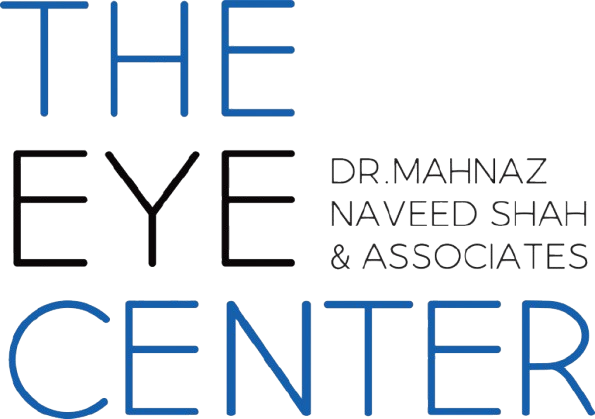What is Sympathetic Ophthalmia?
A rare form of uveitis called sympathetic ophthalmia results in the formation of tiny aberrant cell clusters called granulomas. This condition develops in the unharmed eye following surgery on the other (harmed) eye or a penetrating injury (such as when a pencil, pen, or stick punctures the eye). The unharmed eye’s uveal tract eventually gets […]
What is Best’s disease and can it be treated?
Best disease, often referred to as vitelliform macular dystrophy, is a retinal condition that results in macular degeneration. The thin tissue that lines the back of the eye is called the retina. Light is converted into electrical signals by rod and cone photoreceptors in the retina, which the brain interprets as vision. Best disease is […]
Why do I see double up close? Is this convergence insufficiency?
The failure to maintain binocular function (keeping the two eyes working together) while workingup close is known as convergence insufficiency. When focused on a word or object at a closedistance, one eye will frequently turn outward (intermittent exotropia).Headaches when reading and diplopia (double vision) are signs of convergence insufficiency. Manypatients will lament their inability to […]
What is Fuch’s endothelial dystrophy?
The endothelium layer of the cornea is affected by the non-inflammatory, sporadic or autosomal dominant Fuchs’ endothelial dystrophy. The cornea thickens and accumulates guttae over many years, resulting in glare, haloes, and decreased visual acuity. In Fuchs’ endothelial dystrophy, the cornea can sustain damage so severe that it may result in corneal blindness. Smoking and […]
What is age related macular degeneration?
Age-related macular degeneration (AMD) is an eye condition that causes central vision to become blurry. It occurs when the macula, the area of the eye that regulates precise, straight-ahead vision, suffers damage with age. the macula is the central portion of the retina which is the light-sensitive tissue at the back of the eye. Age-related […]
Triachiasis or misdirected growth of eyelashes
Trichiasis is a common problem with the eyelids. Eyelashes grow inward. The lashes rubagainst the cornea, the conjunctiva, and the inner surface of the eyelids. This irritates theeye.Trichiasis can occur occasionally with no known cause. Trichiasis can strike anyone,however, adults are more prone to it. Trichiasis is more likely to occur if you have certainhealth issues, […]
What is a coloboma and can it affect my eye or vision?
A coloboma in the eye is known as the region where tissue is missing. A person’s eye has colobomas when they are born. One or both of your eyes may be affected. The colobomas that are most well-known and frequent impact the iris (the colored tissue of the eye) and give your pupil a keyhole […]
Sickle Cell Retinopathy
A series of blood abnormalities that result in the breakdown and misformation of red blood cells, is sickle cell disease. Sickle cell retinpathy occurs when the sickle shaped red blood cells obstructs the blood arteries in the choroid, a thin layer of tissue that is a portion of the middle layer of the wall of […]
What is anisometropia ?
Anisometropia refers to an imbalance in focus between the two eyes caused by different refractive powers in the two eyes (glasses prescription). This frequently results in asymmetric curvature (astigmatism), asymmetric far-sightedness (hyperopia), or asymmetric near-sightedness (myopia) because one eye is somewhat different in size or shape from the other. Children who have anisometropia may develop […]
What causes red eye?
The conjunctiva is a layer of tissue that covers the inside of the eyelids and the front of the eyeball (the white area of the eye), but not the cornea (the coloured looking part of the eye). It aids in shielding the eye from irritants like smoke, airborne bacteria, and allergies, as well as the […]
